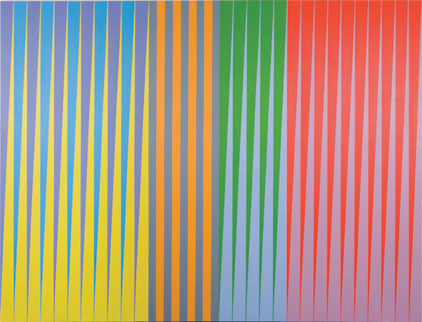Patrick Keiller, an architect ‘diverted’ into making films, is principally known for his Robinson series, which began with London (1994) and has continued with Robinson in Space (1997) and, most recently, Robinson in Ruins (2010). In the meantime, he has also been a consistently productive essayist, and a collection of his written work, entitled The View from the Train: Cities and Other Landscapes, has recently been released by Verso. Spanning more than twenty years of creative and incisive engagements with English landscape, the book marks a timely intervention, both as a luminous companion to the cinematic work and a remarkable body of scholarship in its own right.
Steeped in continental influences, Keiller has recently been described as the ‘most theoretically rigorous inheritor of the Situationist legacy’ by none other than Will Self. And yet a uniquely sideways and melancholic gaze renders his work resistant to easy absorption within the glut of contemporary ‘psychogeography’. The influence of Surrealism is palpable, with the scholar Ian Walker having gone so far as to name his book on English Surrealist photography So Exotic, So Homemade – a phrase lifted directly from Keiller’s London. Having curated a recent series of screenings at the ICA, which drew on the success of the 2012 Tate Britain Commission The Robinson Institute, it seems clear that Keiller’s star is on the rise. He and Robinson, the ‘fictional, wandering scholar’ of his creation, are entering the limelight as never before, despite the ‘increasing insubstantiality’ of Robinson himself – a fact which itself draws our attention to the rich vein of meditations on decay, dilapidation and ruin in Keiller’s work. Narratives of displacement and decline, as well as the heritage of the English journey, also figure prominently in both the films and the new essay collection, which often reveal the theatres of everyday life to be quite different from how they might appear to the habituated glance; to be part of the great multiplicity where a fluctuation on the stock market and the growth of lichen on street-signs take place in curious correspondence. From the collapse of civic identity under Thatcher to the banking crisis of 2008, Keiller’s work also asks if a state of perpetual crisis contains within it a utopian seed – a trace of the surrealistic ‘marvellous’ – that might take root in the imagination.




